In recent years, even in our region, the word has started to be inflected, especially among the younger generation geocaching. Jof or designation for a rather unconventional search activity that you have been practicing for some timeii me with my girlfriend when we're out with the dog Tedy quite often. For a person who saves energy rather than doing sports, geocaching is, of course, an interesting motivation to move and in general also to improve spatial orientation and torments i logical thinking.
It could be interest you

Geocaching is basically an activity where you have to look for "caches" or boxes of different sizes and shapes. A traditional cache is physical and may contain gifts from other players or travel items that you are ethically obligated to carry to the next location. These travel items can take different forms and you will know that you have just found such an item thanks to the description in the Geocaching application, available for iPhone and Android. Traveling itemy must be registered via the internet portal and their owneré jam regularly informedi about the position where currently finds Users can also report their eventual disappearance.
Caches include a notepad or piece of paper in which players write down their nickname, the date they were found and sometimes also number of caches found so far, although players who already have several hundreds to thousands of finds are bragging about it. In order to find the cache, in the application you have a map where you can see the approximate location where it is located and based on the clues given by their author in the description, you have to find it.
As I mentioned abovee, there are different forms of caches. In addition to the traditional ones, they are available in the worldé také events, i.e. only temporarily available caches. Multis require you to complete several tasks in different locations, and gradually work on itovals to find the cache. Yes, they are spatial puzzles and can sometimes take up to an hour to solve, so it's great when you solve them collectively. To be found Mysterek you have to complete puzzles, based on which you will arrive at the coordinates of the cache. AT EarthCache then instead of the clipboard you fill out a geologic quizthem interestEch. It consists of a pair of virtual caches virtual a webcams caches, where you have to "register" by completing required activities, which may require, for example, a selfie with a totem pole.
The interesting thing is that some city authorities have apparently also fallen for geocaching, thanks to which you can find in the world "official" caches full of interesting things about the location you have just visited, with information directly from the authorities. Yes, this is also the way you can promote your municipality in modern times. It is also mostly true that these caches are among the easier ones to solve.
Caches range in difficulty from 1-5 depending on the species, clues, and where they are found. Most caches of lower difficulty are accessible without problems, but sometimes they are hidden in trees and bushes or they may require a longer search around. Personally, I would recommend looking for caches of a maximum level of three points to start with. Even though it is a medium level, I liked somey really simple. But it is important to always have a keen eye, because the cache may be right next to you and you will be searching the surroundings for several minutes instead. But when you realize that you've thought too much about its location, it's quite funny for you and your partners.
Recommend as mandatory equipment for every searcheri in the first rowě a mobile phone with internet and GPS, then definitely a pen or pencil to record your location, as most caches contain a notebook. If it is needed, take also take a powerbank, because all-day searching can really take a toll on your battery. And finally, some drink, snack and good mood. And keep your head up, if you don't manage to find a cache, this activity counts. :-)
I would also point out that Geocaching is available in two forms. If you want to try the activity, it is available completely free of chargeá version, but expect a limitation to only selected types of caches and a maximum difficulty of 2,0 out of 5. For full functionality, a subscription is requiredcepremium membership, whose the price varies depending on the length of the subscription. Originally, it was available three-monthly or annuallyí membership.
- Monthly Premium Subscription: 139 CZK/5,99 €
- Annual Premium Subscription: 709 CZK/29,99 €
The beginnings of the activity date back to 2000, until shortly after GPS technology came into the hands of the public. As technology evolved, so did the platform, which grew and while it only had 75 caches back then, today there are more than 3 million worldwide.
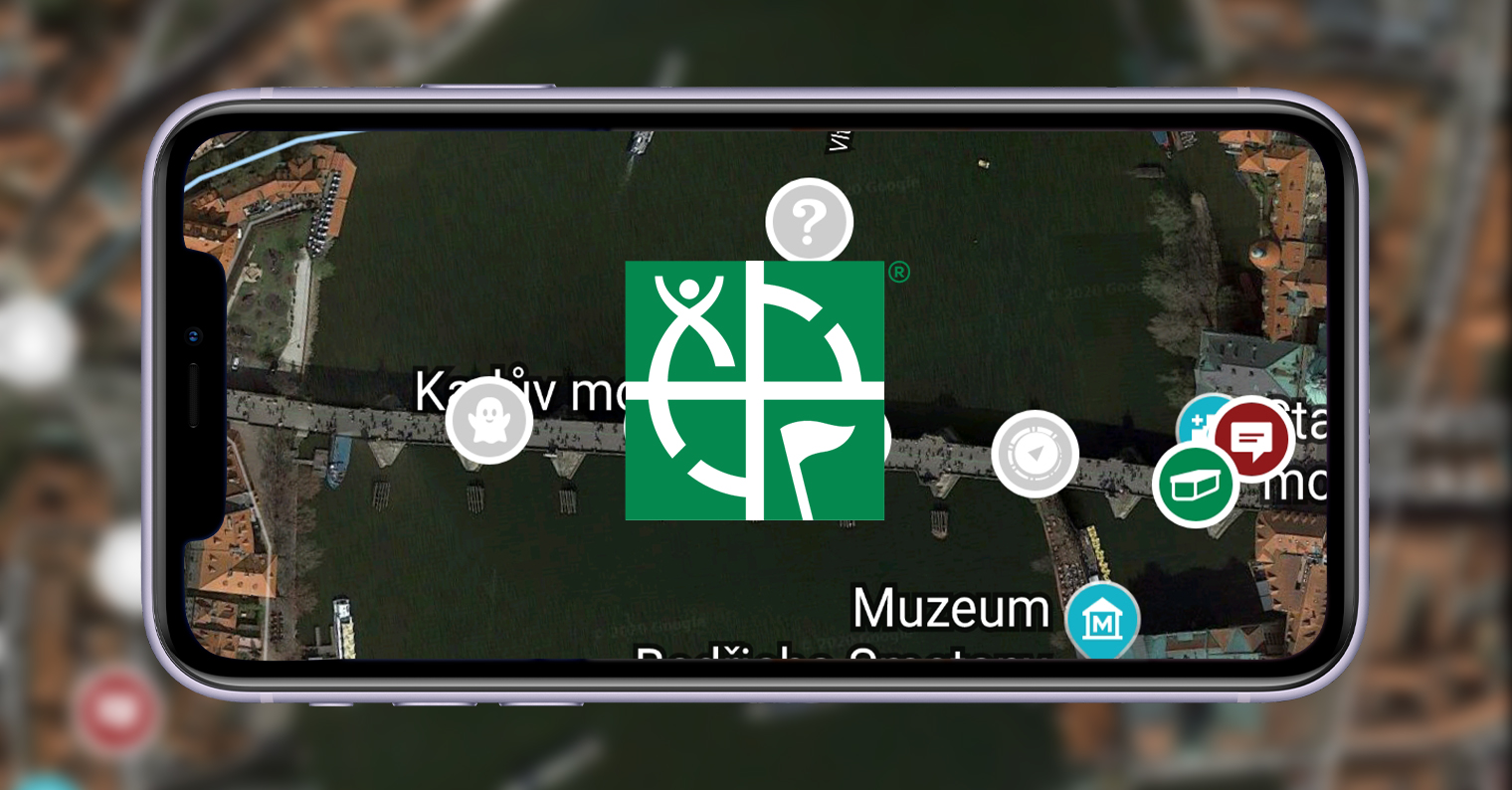





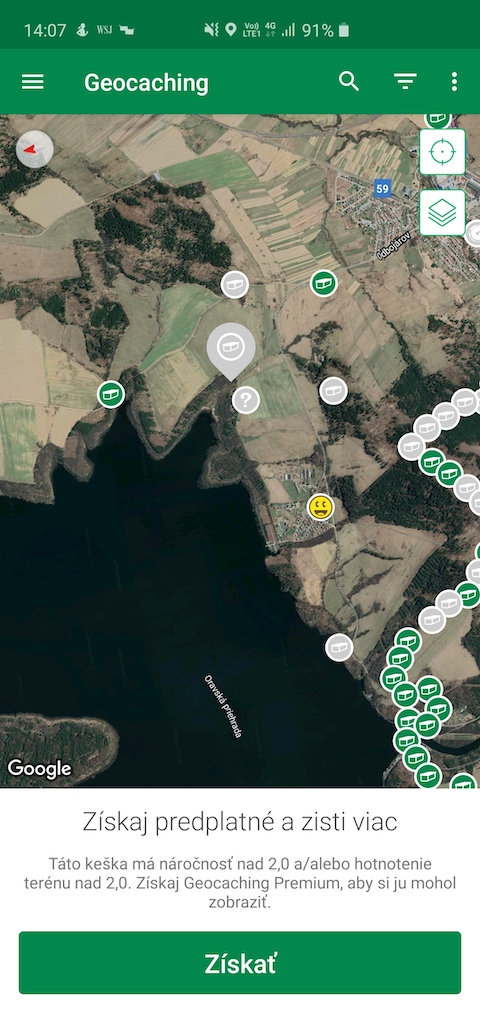



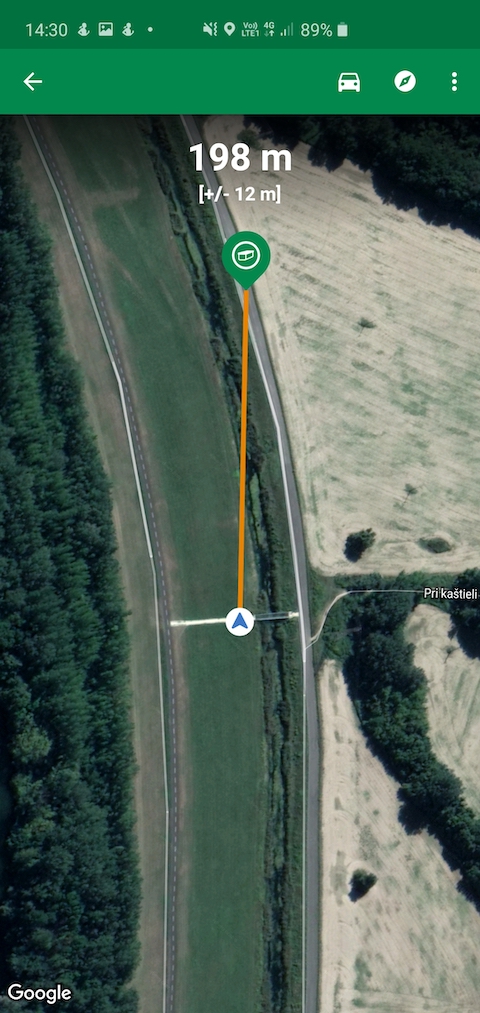

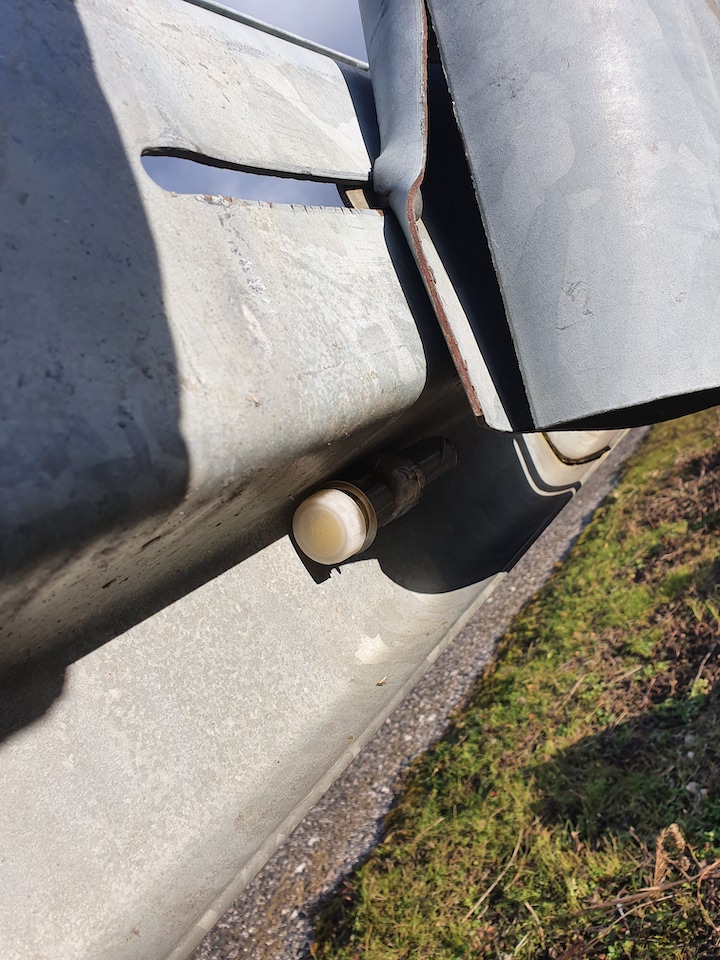
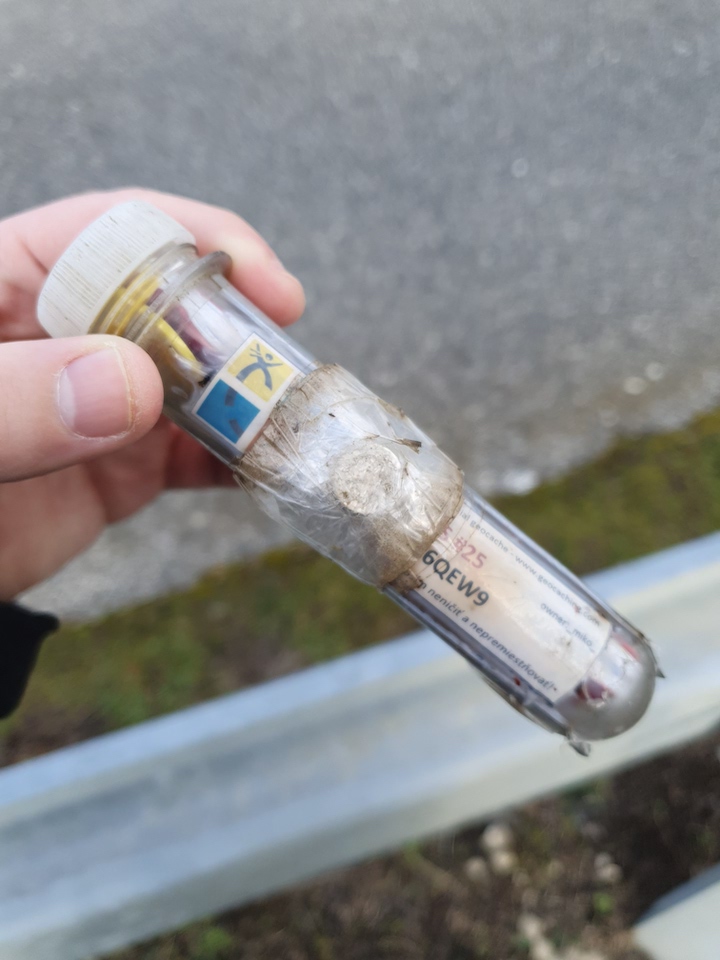
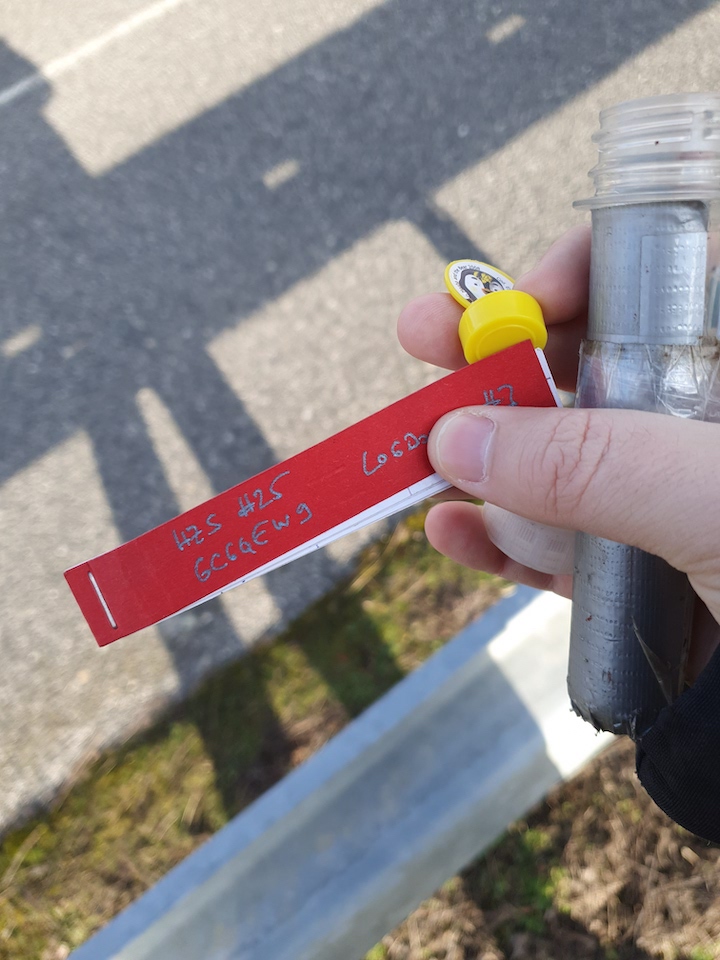
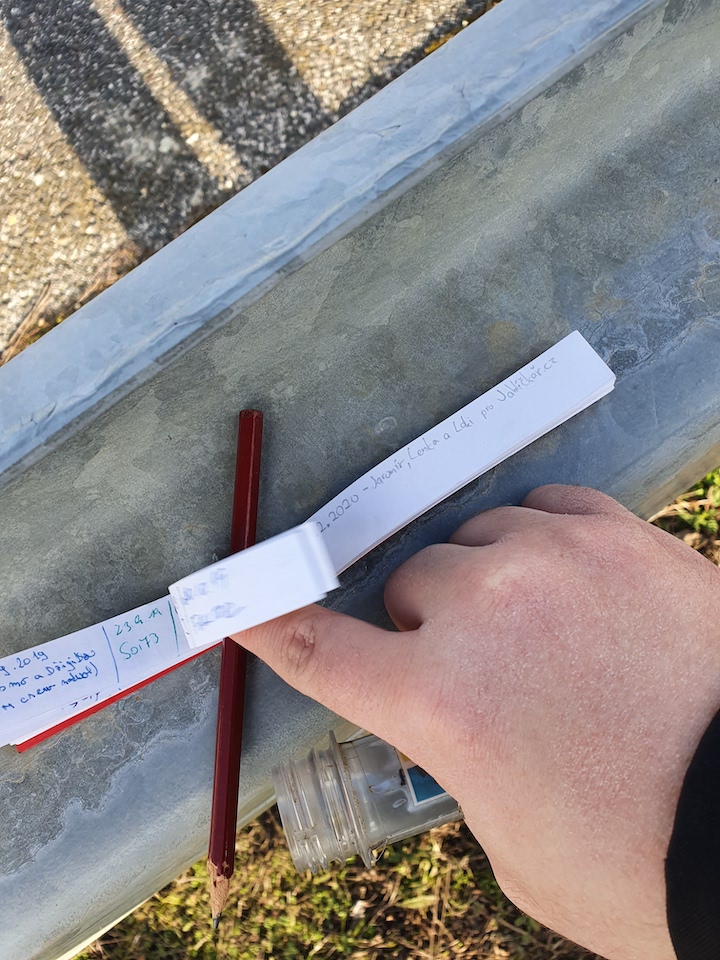
DEAR PEOPLE, FUCK THIS CRAP AND BETTER BUY AN ELECTRIC SCOOTER AND TRADE IN NATURE!!
An e-scooter? How about by bike or on foot?
Basic BM membership is not limited by hunting certain difficulties or types of caches... This is a limitation of the official app only!!!
If you use the site, you can find all caches (unless they are marked PM only, but there are only a tiny fraction of them - a few percent). So the article is a bit untrue, that it would not be possible to hunt all types and difficulties of caches!
BM limitations are in mass downloading of information about caches, use of statistics or notification of newly created caches. And of course if you use their official app. If you prepare at home, you don't have to pay at all.
Many experienced duckers who have been hunting for many years do not have paid access at all.
All in all, the article is confusing, or the author has been on the cache once... What does it mean that most caches contain a record? So what does the rest of the bag contain?
And the sentence..it was originally available for 3-month or annual memberships…. Are these memberships no longer available? Or is the price from an older date and it is too much work to find the current price list?
"...Traditional cache is physical and can hide gifts from other players..." Another nonsense, caches and not only for traditional caches do not hide gifts from other players, but exchange items that the player should exchange only for items of equal or higher value. And precisely such disinformation in the media is one of the reasons for mailbox theft.